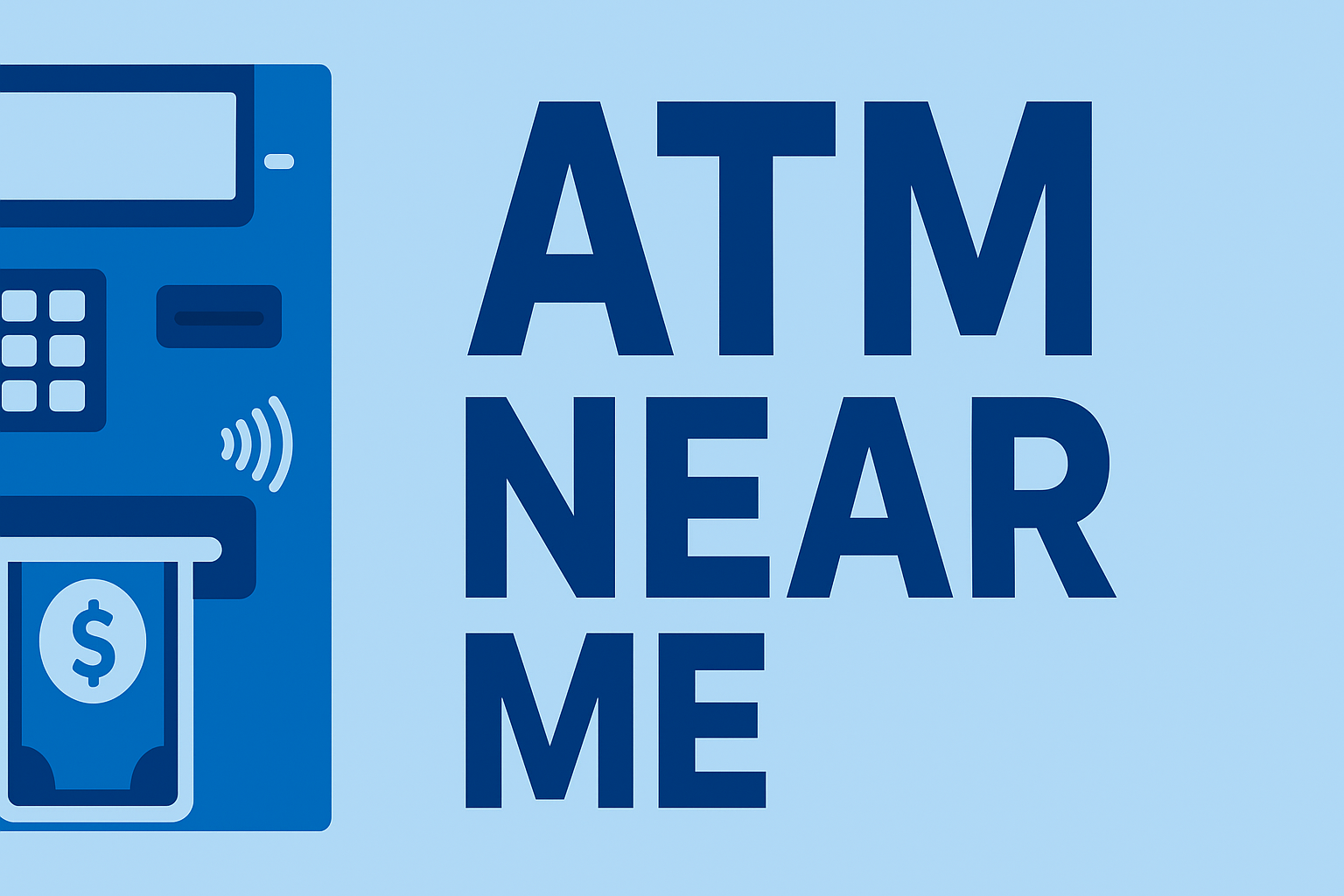Every time you enter your PIN or complete a withdrawal, the ATM uses encryption keys to protect your data. These keys ensure your PIN cannot be read by the ATM operator, the bank, or anyone intercepting the signal. Without proper encryption, ATMs would be vulnerable to fraud, tampering, and data theft.
If you want the full system overview of how ATMs process user data, see our main guide: How ATMs Work.
What Are ATM Encryption Keys?
Encryption keys are mathematical codes stored inside secured ATM hardware. These keys convert your PIN into encrypted data before it leaves the machine. Banks, switches, and processors use matching decryption keys to validate your PIN securely.
There are two main categories:
- Terminal Master Keys (TMK) – foundational keys for secure communication
- Working Keys – temporary session keys used during real transactions
These keys ensure no one—including ATM technicians—can access user PINs.
How PIN Encryption Works
When you enter your PIN, the ATM immediately encrypts it inside a secure cryptographic module. The encrypted PIN block is then forwarded through the network until it reaches your bank for verification.
- Your PIN is never stored
- The ATM never sees your actual PIN
- ATM owners and operators cannot decrypt it
- Only your bank can verify the encrypted PIN block
For more on PIN protection and chip verification, see: EMV Chip ATM Security.
Why ATMs Use Key Injection
Key injection is the process of installing encryption keys into an ATM in a secure environment. This prevents criminals from intercepting the encryption process or installing fake keys.
- Keys are injected at certified key-loading facilities
- Technicians cannot view or access them
- The ATM self-locks if tampering is detected
This ensures all data leaving the ATM is encrypted end-to-end.
How ATM Networks Handle Encrypted PIN Data
Once encrypted, your PIN travels through several secure systems:
- ATM → Payment switch
- Switch → Card network (VISA/PLUS, Mastercard/Cirrus)
- Card network → Your bank
The routing is similar to standard ATM transaction flow but includes added cryptographic verification. For more on routing paths, see: How ATM Networks Route Transactions.
How ATMs Prevent Encryption Key Theft
ATMs include layered protection to secure encryption keys:
- Anti-tamper switches inside the safe
- Encrypted key storage using secure modules (HSMs)
- Automatic key deletion if access is forced
- Physical shielding around cryptographic components
If tampering is detected, the ATM wipes its cryptographic keys to prevent theft.
What Happens if an ATM’s Encryption Fails?
If the ATM cannot encrypt your PIN properly, the machine will:
- Decline the transaction
- Trigger a security alert
- Log the failure for review
- Often go out of service automatically
This prevents unsafe transactions from being processed.
Final Thoughts
Encryption keys play a critical role in ATM security. They protect your PIN, ensure transaction integrity, and prevent criminals from capturing sensitive data. Without strong encryption, modern ATM networks simply couldn’t operate safely.
